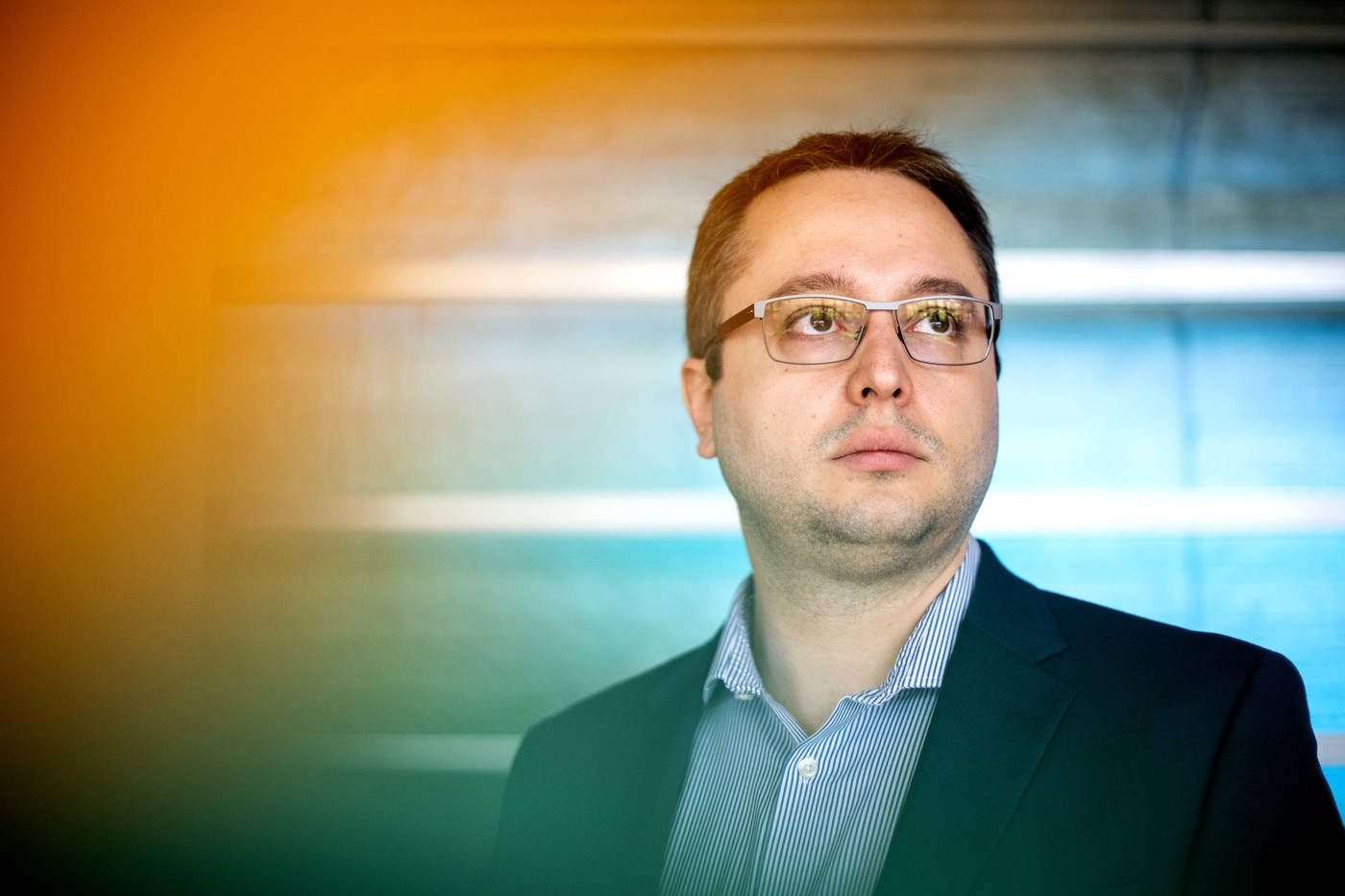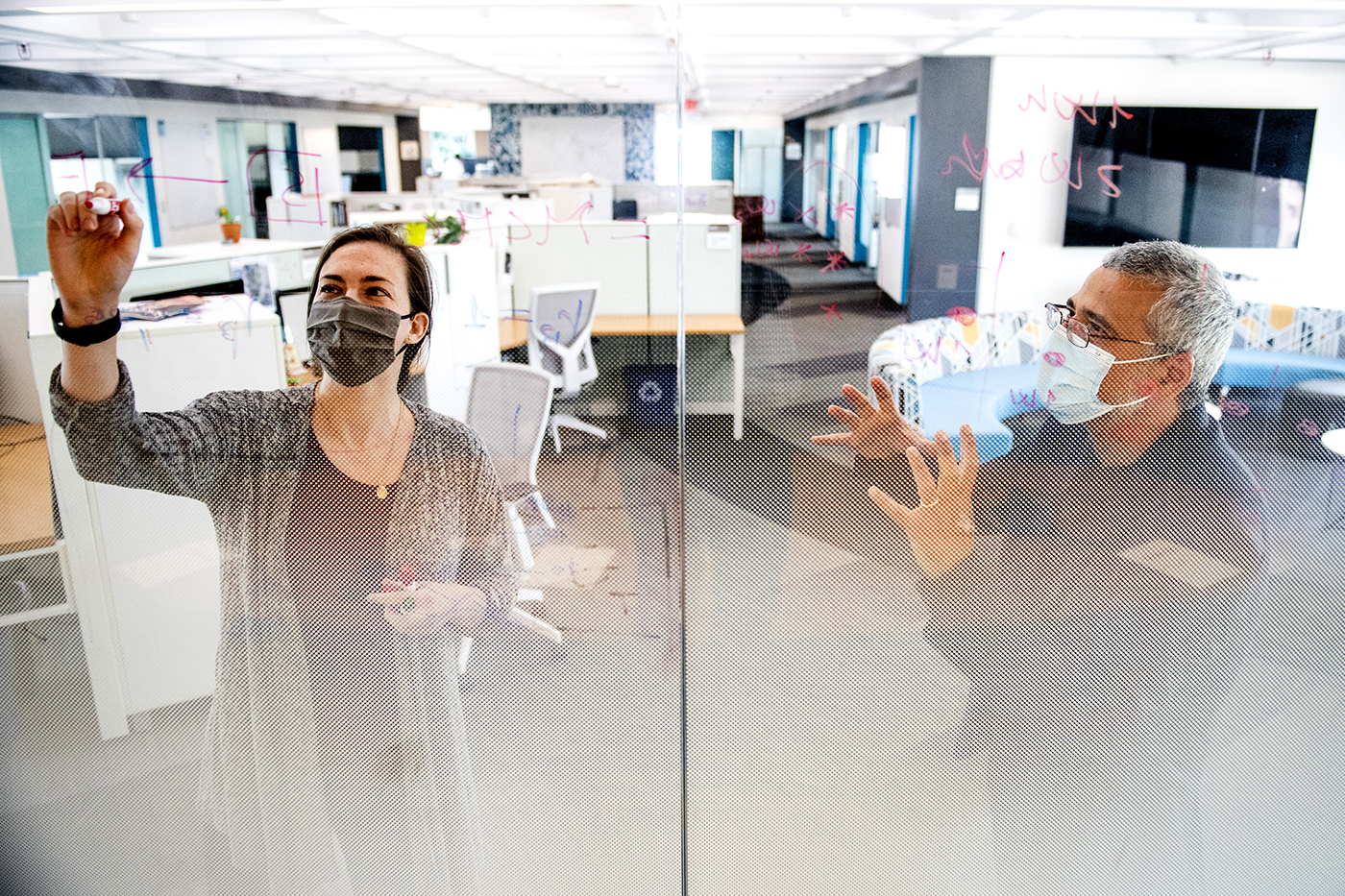If rich countries monopolize COVID-19 vaccines, it could cause twice as many deaths as distributing them equally

In the past 25 weeks, the COVID-19 pandemic has reversed 25 years of progress in global vaccine distribution. Immunization coverage, a good barometer for how health systems are functioning, has plummeted to levels last seen in the 1990s, according to the Bill & Melinda Gates Foundation’s fourth annual Goalkeepers Report.
Now, the unequal distribution of vaccines stands to do even more damage as countries with greater financial resources preemptively stockpile limited doses of future COVID-19 vaccines, a move that Northeastern’s MOBS Lab determined could cause almost twice as many coronavirus deaths than if vaccines were equally distributed once available.
“We believe global collaboration is the most effective way forward. Businesses and governments must understand that the future is not a zero-sum contest in which winners win only when someone else loses. It is a co-operative endeavor in which we all make progress together,” said Bill and Melinda Gates in a recent op-ed in the Financial Times.

Matteo Chinazzi is a senior research scientist in Northeastern’s Network Science Institute. Photo by Matthew Modoono/Northeastern University
The Bill & Melinda Gates Foundation asked a team of researchers at the MOBS Lab, led by Alessandro Vespignani, director of the Network Science Institute and Sternberg Family distinguished university professor of physics, and Matteo Chinazzi, senior research scientist, to estimate the outcomes for two different vaccine scenarios.
In one scenario, approximately 50 high-income countries monopolize the first 2 billion doses of the COVID-19 vaccine. In the other, doses are distributed everywhere based on each country’s population, not its ability to afford the vaccine.
The models found that 61 percent of deaths could be averted if the vaccine was distributed to all countries proportional to population, while only 33 percent of deaths would be averted if high-income countries got the vaccines first.
“That’s quite a difference,” says Vespignani. “You see immediately that, on the global level, the second scenario is far superior, and not even just for ethical reasons.”

To avoid making unpredictable assumptions about the future course of the pandemic in their models, the team of researchers instead examined what would have happened if a vaccine had been available mid-March when the virus started spreading worldwide.
Using this framework, the researchers modeled the evolution of the pandemic based on its previous trajectory and considered interventions adopted by each country concerning travel restrictions and non-pharmaceutical public health policies such as school closures.
Without an actual vaccine, researchers also had to make assumptions about its efficacy. The model considers estimates for 80 and 65% percent efficacy in a single dose two weeks after administration with 3 billion doses administered in total.
But while these models can simulate how vaccine deployment would have panned out this spring, will these same estimates and patterns hold true for vaccine deployment against a potential second wave of COVID-19?
“This is only the first step,” says Vespignani. There are still lots of unknown factors that go unaccounted for in this model, for example, how many people will be immune in the next months, how efficient will the vaccine actually be, and even if countries have the means to acquire enough doses, will they have the resources and coordination to distribute them?
In any case, decisions about how countries allocate vaccines can’t be made based on only one model, Chinazzi says. But for now, the results from the model are clear. “When countries cooperate, the number of deaths is cut in half.”
For media inquiries, please contact j.hair@northeastern.edu.




